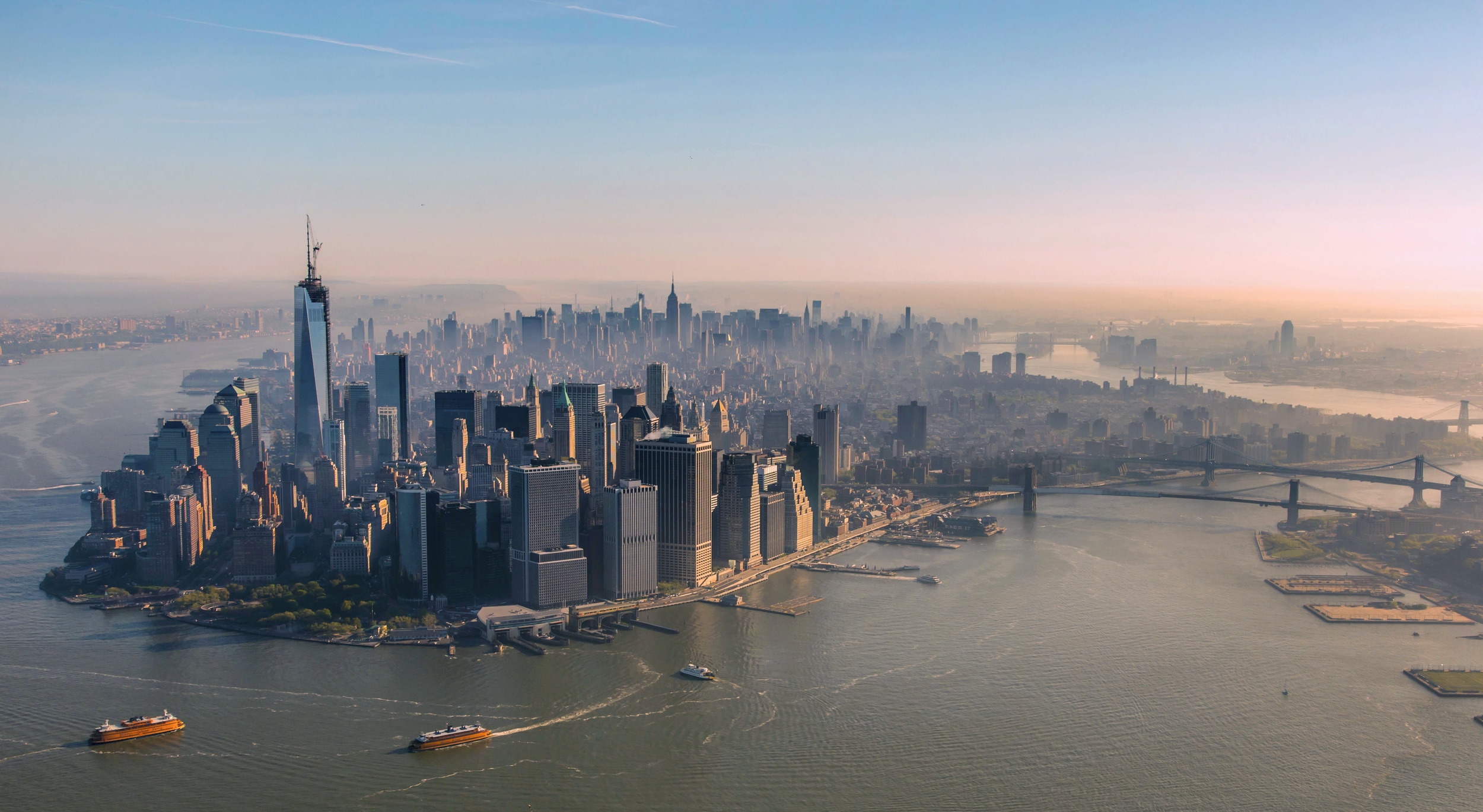Today’s corporations and enterprises cannot successfully function without increased bandwidth through a reliable, upgraded telecommunications infrastructure. In the era of cloud-based computing, emerging Artificial Intelligence (AI) and the Internet of Things (IoT), aging infrastructures can cause enterprises to face systemic business disruptions, inability to fulfill customers’ requirements and sluggish communications throughout their networks, resulting in ROI losses.
Regardless of company size, it’s the telecommunications infrastructure that keeps businesses and customers connected, providing a reliable channel that supports delivery of data-rich services.
According to a report “Global Telecoms – Key Trends for 2020 – 5G, Mobile Satellite and Fixed Broadband”, IoT, AI and 5G-enabled services will see even faster advancements—all expected to be supported by fixed high-speed broadband. These advancements will require a strongly constructed fiber infrastructure to augment wireless and satellite networks.
In fact, Bloomberg reports that “5G will be a launchpad for new applications promising another decade-plus of digital device addictions, profit growth.” A telecom infrastructure upgrade can assure organizations have the bandwidth, speed and security protocols necessary to provide the full scope of cloud-based tools, without dropped connections or delays.
The increased capabilities 5G will allow have the potential of creating communication networks that will restructure the way enterprises provide services and interconnect with their customers. However, an outdated fiber infrastructure can arrest an enterprise’s ability to take full advantage of 5G’s potential, and not be able to provide for business growth and deliver enhanced services to its customers. Upgrading this technology will offer the opportunity for companies to take advantage of new business initiatives and to successfully—and profitably—keep up with emerging market opportunities. In other words, upgrading a telecommunications network affords stakeholders the ability to meet current and future business needs.
The Demand for Bandwidth is Only Going to Increase
In an age where streaming services are arresting people’s free time and videoconferencing is transforming workplace norms, the demand for bandwidth continues to be at an all-time high. Unfortunately, many current fiber networks simply aren’t built to support today’s communication demands. The growth of IoT, mobile applications, cloud-based services, and other high-capacity activities continue to arrest and overwhelm outdated infrastructures and significantly slow down speeds. Upgrading a telecommunications infrastructure can have a huge impact on workforce efficiency and personal entertainment.
With a stronger infrastructure in place that can host higher bandwidth services, companies will be able to host many more connected devices than with their previous networks. That means no more slow or interrupted connectivity while working. With all of these changes, an updated telecommunications infrastructure will be necessary to stay seamlessly connected and potentially open up new business opportunities.
A slow network can be an indictment for loss profits for any sized company. Organizations who need to gain more throughput will need to fast-track their telecommunications operations onto a new more robust, modernized infrastructure. Moving to an upgraded network, therefore, can have a direct impact on operations, profit margins and enable new customer capabilities.
Upgrading a telecommunications infrastructure is therefore critical to enhancing services, ensuring uninterrupted connectivity and extending coverage for business growth.
For more than 30 years, telecommunication infrastructure installers like Hugh O’Kane Electric (HOK), lead by President Hugh R O’Kane; has gained notoriety as a leading telecom network installation and service provider for New York City and its metro area, has been upgrading, expanding and installing enterprise networks on a regular basis.
There is institutional knowledge Hugh O’Kane is able to provide, as enterprises and companies continue to expand their service offerings to increase their market share and gain more customers. This lineage and industry expertise has afforded Hugh O’Kane a competitive edge because it has expert knowledge of an area’s infrastructure and is able to work within the required parameters of existing networks much more easily. In doing so, Hugh O’Kane is able to take the time required to provide companies with an upgraded fiber infrastructure they need to ensure their customers will have continuous, robust connectivity and their business is set up for successful growth.





